An urban area, or built-up area, is a human settlement with a high population density and infrastructure of built environment. Urban areas are created through urbanization and are categorized by urban morphology as cities, towns, conurbations or suburbs. In urbanism, the term contrasts to rural areas such as villages and hamlets; in urban sociology or urban anthropology it contrasts with natural environment. The creation of early predecessors of urban areas during the urban revolution led to the creation of human civilization with modern urban planning, which along with other human activities such as exploitation of natural resources led to a human impact on the environment. "Agglomeration effects" are in the list of the main consequences of increased rates of firm creation since. This is due to conditions created by a greater level of industrial activity in a given region. However, a favorable environment for human capital development would also be generated simultaneously.
The world's urban population in 1950 of just 746 million has increased to 3.9 billion in the decades since. In 2009, the number of people living in urban areas (3.42 billion) surpassed the number living in rural areas (3.41 billion), and since then the world has become more urban than rural. This was the first time that the majority of the world's population lived in a city. In 2014 there were 7.2 billion people living on the planet, of which the global urban population comprised 3.9 billion. The Population Division of the United Nations Department of Economic and Social Affairs at that time predicted the urban population would grow to 6.4 billion by 2050, with 37% of that growth to come from three countries: China, India and Nigeria.
The UN publishes data on cities,urban areas and rural areas, but relies almost entirely on national definitions of these areas. The UN principles and recommendations state that due to different characteristics of urban and rural areas across the globe, a global definition is not possible.
Urban areas are created and further developed by the process of urbanization. Urban areas are measured for various purposes, including analyzing population density and urban sprawl.
Unlike an urban area, a metropolitan area includes not only the urban area, but also satellite cities plus intervening rural land that is socio-economically connected to the urban core city, typically by employment ties through commuting, with the urban core city being the primary labor market.
The concept of an "urban area" as used in economic statistics should not be confused with the concept of the "urban area" used in road safety statistics. The last concept is also known as "built-up area in road safety". According to the definition by the Office for National Statistics, "Built-up areas are defined as land which is 'irreversibly urban in character', meaning that they are characteristic of a town or city. They include areas of built-up land with a minimum of 20 hectares (200,000 m2; 49 acres). Any areas [separated by] less than 200 metres [of non-urban space] are linked to become a single built-up area.
Source: Wikipedia contributors. "Urban area." Wikipedia, The Free Encyclopedia. Wikipedia, The Free Encyclopedia, 28 Jun. 2021. Web. 28 Jun. 2021.


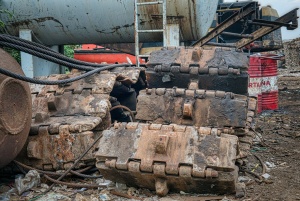
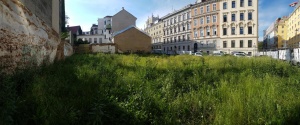
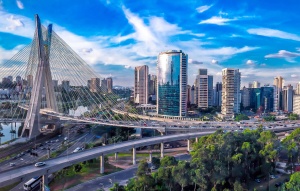
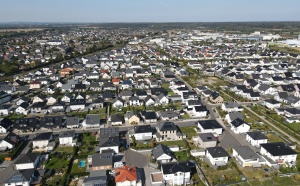
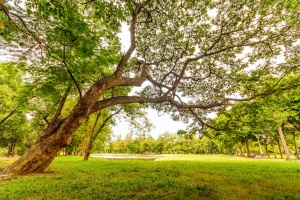
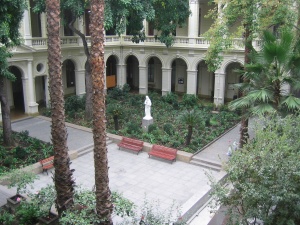
 "Test" says Ka vonSeiten in habitat Flooded grassland on 08.06.2021. Ctenophorus maculosus (Ctenophorus maculosus) is a species of reptile.
"Test" says Ka vonSeiten in habitat Flooded grassland on 08.06.2021. Ctenophorus maculosus (Ctenophorus maculosus) is a species of reptile.  "Test" says Ka vonSeiten in habitat Flooded grassland on 08.06.2021. Ctenophorus maculosus (Ctenophorus maculosus) is a species of reptile.
"Test" says Ka vonSeiten in habitat Flooded grassland on 08.06.2021. Ctenophorus maculosus (Ctenophorus maculosus) is a species of reptile.  "Test" says Ka vonSeiten in habitat Sub-urbia on 08.06.2021. Proroblemma testa (Proroblemma testa) is a species of insect.
"Test" says Ka vonSeiten in habitat Sub-urbia on 08.06.2021. Proroblemma testa (Proroblemma testa) is a species of insect.  "Test" says Ka vonSeiten in nature on 08.06.2021. Proroblemma testa (Proroblemma testa) is a species of insect.
"Test" says Ka vonSeiten in nature on 08.06.2021. Proroblemma testa (Proroblemma testa) is a species of insect.